What is “snow nose” in dogs? And here’s a hint, the term doesn’t refer to when dogs adorably get bits of snow stuck to their noses while playing outside in the winter. Snow nose, sometimes called winter nose, is when a dog’s normally dark-colored nose turns lighter usually, as the name implies, in the winter. What, exactly, is snow nose? What causes it? What dog breeds are impacted? Read on to learn more!
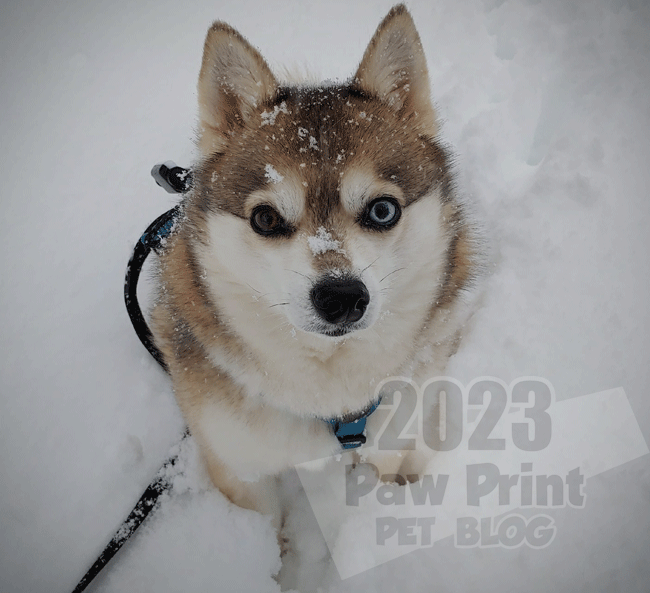
Post Contents:
Dog Breeds Prone to Snow Nose
Snow nose is a common phenomenon in northern breeds of dogs such as Siberian huskies, malamutes, and, yes, Alaskan Klee Kai! However, it can occur in any dog with a dark colored nose, no matter their breed.
What is Snow Nose?
If you notice your healthy, dark nosed dog’s snoot is suddenly starting to look like it’s losing color, it’s most likely snow nose! Dog’s with black noses who develop this condition noses will go from being black to pink or tan/brown. Dogs who naturally have lighter, brown, colored noses may also experience color change, usually to a lighter brown or pink. How much of the nose changes color may vary. Some dogs only develop small spots of lighter colors on their noses. Others noses may completely, or nearly completely, change color.
Snow nose is hypopigmentation that impacts only the nose. It’s, basically, a loss of melanin, or pigment in the nose.
Does Snow Nose Only Occur in the Winter?
Although the names may suggest that snow nose is a winter condition, and for many dogs it is, snow nose can sometimes occur during other times of the year, and in climates that do not experience cold winters. Many dogs that develop snow nose will do so during the winter, then regain the normal pigment in their noses again in the spring/summer.
What Causes Snow Nose?
Because snow nose is a completely harmless condition, scientists have not spent a lot of time studying it. The exact cause of snow nose is still unknown! There is a prevailing theory, though.
The most plausible theory is that snow nose is caused by a decrease in the amount of sun that dogs are exposed to. This would explain why most dogs develop snow nose in the winter, even when temperatures are mild. The color change is theorized to not be caused so much by cold temperatures, but by decreasing amounts of day light. It’s thought that snow nose may be caused by an enzyme caused tyrosinase. Tyrosinase is important for the production of melanin. It is known to work more efficiently when it’s exposed to sunlight. Tyrosinase is the same enzyme that can cause hyperpigmentation, such as age spots, in humans.
Snow Nose is a Cosmetic Issue Only
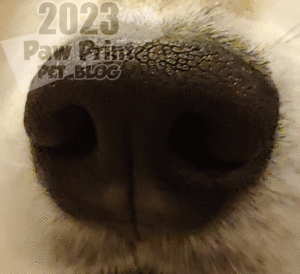 True snow nose is, thankfully, not a condition owners should be worried about. It doesn’t harm our dogs and, in most cases, it is a temporary condition that eventually reverses on its own over time.
True snow nose is, thankfully, not a condition owners should be worried about. It doesn’t harm our dogs and, in most cases, it is a temporary condition that eventually reverses on its own over time.
Snow nose should only impact the color of your dog’s nose. If you notice other changes to your pup’s snoot, such as a change in texture, moisture levels, or if you notice any irritation then your dog is probably dealing with something other than snow nose. There are conditions, such as lupus, dermatitis, cancer, and trauma, that can cause color change as well as other issues to your dog’s nose. If you are concerned at all, or you notice any symptoms besides just a simple pigment change, consult your dog’s veterinarian.
Do Dogs Require Treatment for Snow Nose?
Because the exact cause is not known, there is currently no known treatment to reverse or prevent snow nose. Most cases of snow nose will reverse on their own over time. Most commonly, dogs will develop snow nose during the winter, then their nose pigment will go back to normal again in the spring/summer. In some dogs the color change may last longer. Snow nose is, luckily, harmless. So whether your dog’s nose goes back to normal with the warmer weather or not, as long as you are truly dealing with snow nose and not another condition, then you don’t have anything to worry about!
Comment below! Does your dog ever develop snow nose? My Alaskan Klee Kai, Fenrir, is 7 now and for the first time ever this winter I noticed his nose develop a few small pink spots. Thankfully it’s just snow nose and not anything I have to worry about! I’m interested to see whether or not his nose goes back to normal this summer, and how long it will take for the color change to occur. And to see if he gets his cute little pink spots again next winter! I’ll have to come back and update this post in the future.
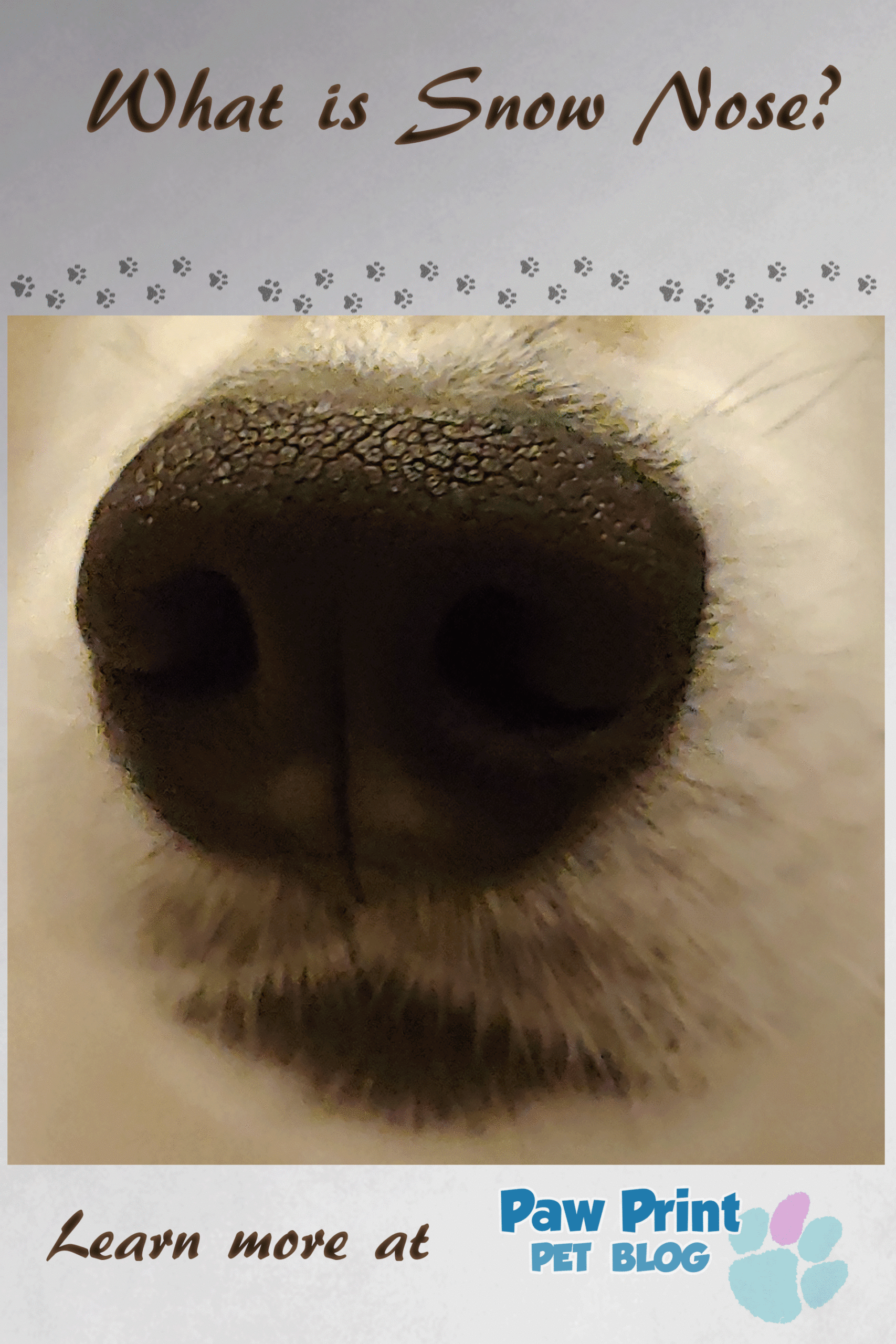

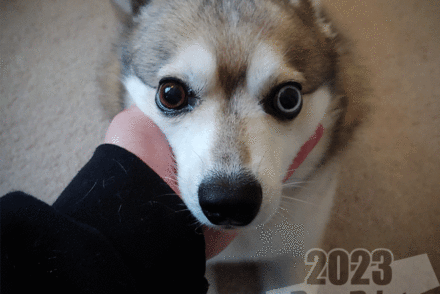
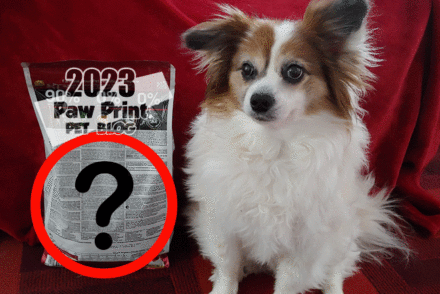
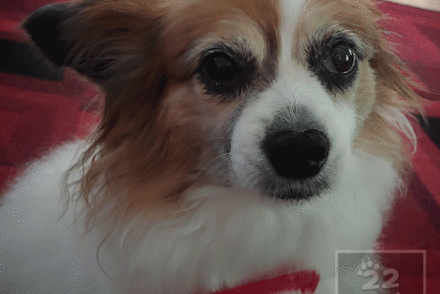

No Comments